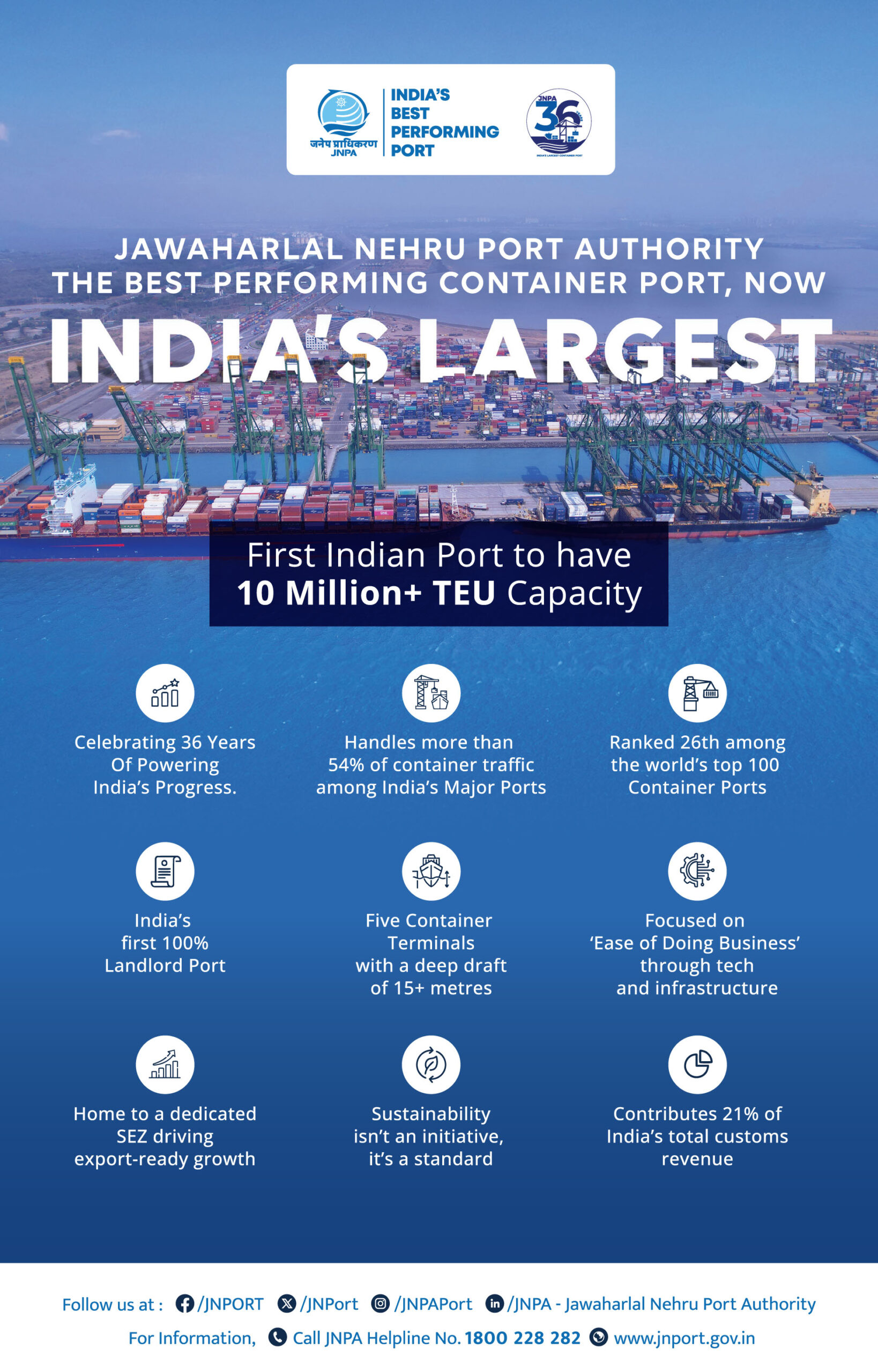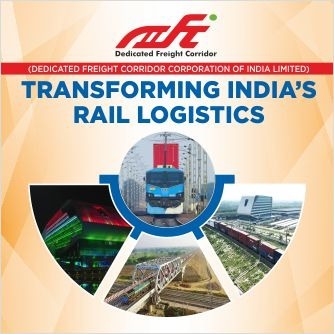India’s CPSEs: Driving Social Impact & Supporting Small Enterprises in a Changing Economy
Jun 29th, 2025 11:11 am | By ThenewsmanofIndia.com | Category: LATEST NEWS
(THE NEWSMAN OF INDIA.COM) Sunday Special by Abul Hasan
In the last decade, India’s Central Public Sector Enterprises (CPSEs) have quietly transformed the way they do business—not just for their bottom lines, but for the communities they serve and the small businesses they partner with.A once bureaucratic, often opaque sector is increasingly aligning itself with the country’s social priorities, thanks to sharper policy direction and better compliance. From structured Corporate Social Responsibility (CSR) spending to a massive shift in procurement practices favouring small industries and digital marketplaces, CPSEs are showcasing how large government-owned firms can become engines of inclusive growth.
A New Chapter for CSR
It wasn’t always this way. Before 2014, CSR was largely a voluntary gesture—a good thing to do, but not a legal obligation. That changed with the Companies Act, 2013, which for the first time mandated certain companies to spend a portion of their profits on CSR activities.
For India’s CPSEs—giants in sectors from energy to engineering—the shift was significant. In 2015–16, 106 CPSEs reported spending ₹4,028 crore on CSR projects. Yet even then, the approach risked being fragmented or ad hoc.
The real breakthrough came in 2018, when the Department of Public Enterprises (DPE) introduced guidelines on “thematic CSR expenditure.” This new framework required CPSEs to align around 60% of their annual CSR budgets to an identified national theme each year, encouraging them to channel their resources where the need was greatest.
By 2023–24, the number of reporting CPSEs had climbed to 173, and total CSR spending reached approximately ₹4,911 crore. That’s not just growth in numbers, but evidence of a maturing approach: more companies participating, more money allocated, and spending that is better aligned to India’s developmental priorities—from health and education to sanitation and environment.
“It’s a big shift from ticking boxes to genuine impact,” says a senior executive at a large CPSE. “The thematic guidelines have forced us to think strategically, partner better, and track outcomes.”
Empowering Small Businesses Through Procurement
If CSR spending is the social face of this transformation, procurement policy is its economic backbone. Small businesses are the lifeblood of India’s economy, employing millions and contributing significantly to GDP. Yet historically, these enterprises struggled for steady demand and reliable clients.
Recognizing this, the government issued the Public Procurement Policy for Micro and Small Enterprises (MSEs) Order in 2012, mandating that CPSEs source at least 20% of their annual procurement from MSEs starting 2015–16. This threshold was further increased to 25% from April 2019.
The result has been dramatic. In 2017–18, procurement from MSEs by CPSEs stood at ₹26,344 crore, accounting for about 23% of total purchases. By 2024–25, this figure is projected to leap to ₹93,568 crore, representing a robust 35% share.
For India’s small businesses, this isn’t just policy on paper; it’s a pipeline of opportunity. Guaranteed demand from state-run giants has allowed many MSEs to scale up, invest in quality, and hire more workers.
“The order changed everything for us,” says the owner of a small manufacturing unit supplying components to a CPSE. “We went from struggling for orders to planning for growth.”
The GeM Revolution: Technology Meets Transparency
Procurement policy changes didn’t stop at supporting small businesses. The government also tackled the challenge of modernizing how public sector entities buy goods and services.
Before 2017, CPSEs often relied on the rate contract system of the Directorate General of Supplies and Disposals (DGS\&D)—a system with limited transparency and no mandatory adoption. The launch of the Government e-Marketplace (GeM) in May 2017 was a watershed moment.
GeM created a national online portal for government procurement, promising minimal human interface, competitive pricing, and transparency. For CPSEs, it offered a modern, efficient way to source everything from office supplies to complex services.
Adoption has been staggering. CPSE procurement through GeM stood at just ₹1,381 crore in 2019–20. By 2024–25, it is projected to touch a massive ₹3,90,080 crore.
That surge tells a story not just of scale, but of changing mindsets. More CPSEs are shifting their purchasing online, ensuring better value for public money, and reducing opportunities for corruption.
A Broader Shift in Ethos
Together, these trends signal more than just improved numbers on a government report card. They point to a changing ethos within India’s public sector enterprises.
CSR spending is becoming more thoughtful and better targeted. Procurement policies are fostering small business growth while embracing technology-driven transparency. And the public sector is increasingly aligning its operations with national priorities—from job creation and entrepreneurship to sustainable development.
Challenges remain. Execution can still vary widely across enterprises. Monitoring and reporting need further strengthening. And small businesses continue to seek easier access to credit and capacity-building support.
But the direction is clear—and for once, it’s one that aligns social good with business goals. As India seeks to grow inclusively and sustainably, its public sector giants are learning to play a more purposeful role.






























